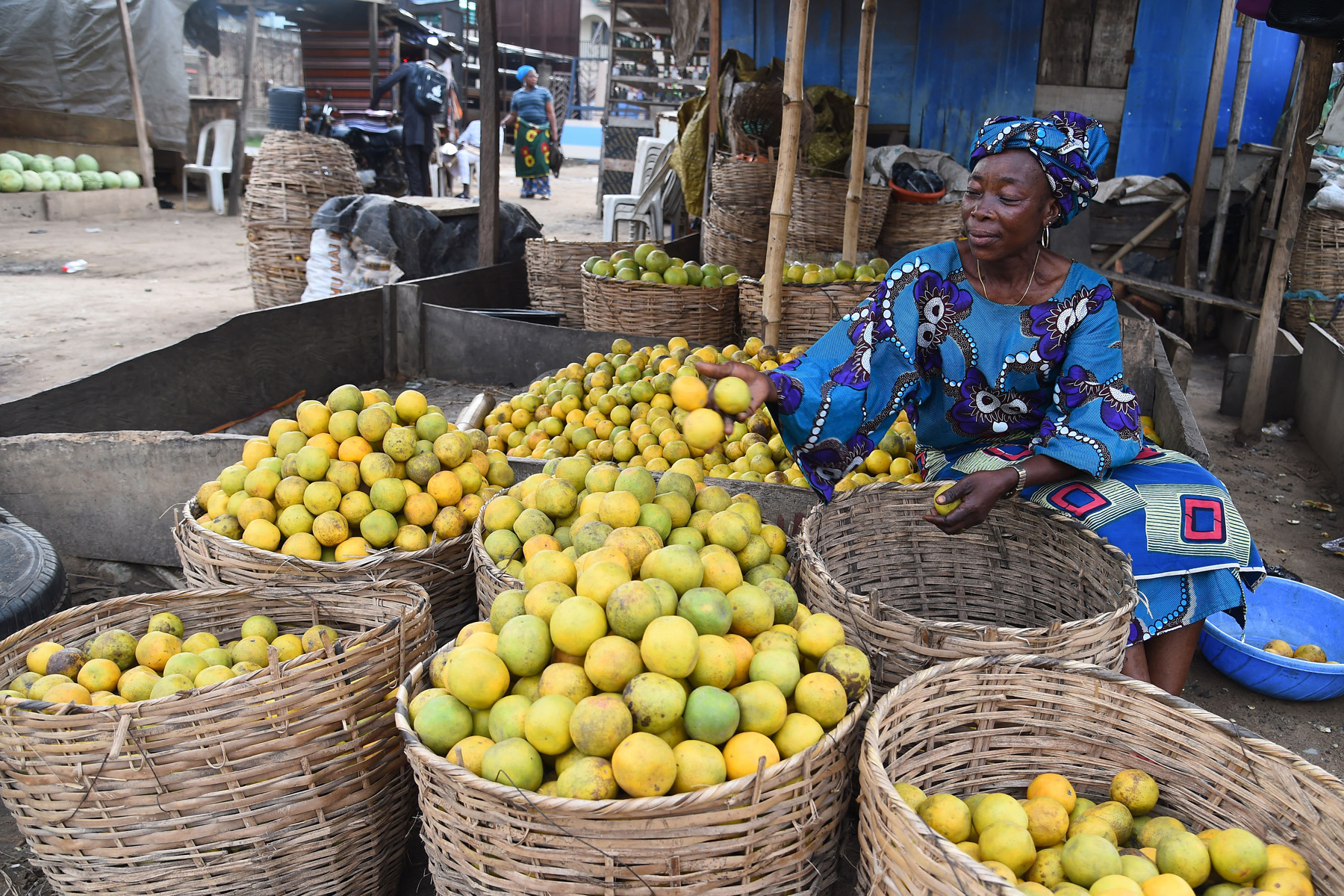Impact Decoded: ‘We invest in solutions that are still being moulded into shape’
The Charter of Investors for Impact is a set of guiding principles for those committed to investing for (as opposed to with) impact. But what sets such investors apart from others? We’re asking some of the charter’s signatories to elaborate on the principles and to explain how they put them into practice. This time, Elena Casolari, managing director of Italy-based fund OPES-LCEF, reveals the Japanese saying that’s inspired her philosophy of hunting out the potential that others overlook, and explains why a razor-sharp focus on the end user makes investment decisions easier.

When we first invested in Copia Global, an impact enterprise operating in Kenya, we were among the first few who decided to step in and look beyond the slim numbers. We believed in what the founders envisioned: a solution that could disrupt an unfair status quo, shape a new narrative and give dignity to the have-nots.
Copia Global wanted to tackle a widespread, deep-rooted problem: the so-called poverty penalty, which prevents poor people from accessing the products they need or want, at fair and affordable prices and terms, and of reasonable quality.
OPES-LCEF was among the company’s first institutional investors. Over the first couple of years, we invested $200,000 in equity, the average size of our typical investments.
The company was tiny, with a negligible track record – just a six-month pilot – yet the team seemed robust and they had ‘skin in the game’. First and foremost, they were nurturing a powerful dream: deploying a solution that could change the way vulnerable people access products, saving them money and time – and while doing so, generating thousands of decent jobs for women.
Signatories to the Charter of Investors for Impact commit to 10 principles. Principle 4 states that investors for impact take risks that most others are not prepared to take, which includes:
- Being prepared to take both financial and impact risks in betting on new solutions
- Being willing to accept a less attractive risk/return ratio than other investors, if they believe in the potential impact of the proposed solution
- Creating the pipeline for follow-on investors by providing early-stage high-risk capital
In our due diligence, we practised what we call ‘invisible sight’, something we see as core to our impact investing.
This philosophy comes from my old days in Japan, where I worked and studied for a couple of years at the Hitotsubashi University as a Monbushoo fellowship recipient. In Japan I learned about an apparently obscure yet intriguing phrase: mienai koto o miru. Ever since then, those simple words have moulded my life, and later, our investment practice. Translated literally, the phrase means ‘I look at things that I do not see’.
It is about trying to look beyond the obvious, trying to grasp the value that does not reveal itself at first sight. When we backed Copia Global in 2013, we took a risk – one that very few took along with us – because we saw a value that made the risk worthwhile, a value that could be detected only by looking beyond the limited numbers and projections available.
Seven years on, Copia Global is one of the most promising young enterprises in Kenya, with a successfully tested mobile commerce and distribution model that enables ordinary people to buy quality goods at low prices, regardless of their income level, access to technology or location. This model is even more valuable at a time of Covid-19 curfews and mobility restrictions, as it brings fairly-priced goods to those living in scattered villages in rural areas or other remote or underserved locations.
We and all other first investors were instrumental in unlocking additional capital and derisking the investment for players who joined in following rounds (Copia has since raised over $30m). We also stepped in, along with other early investors, when the company was facing liquidity constraints between rounds, which helped the company to keep cashflow and planning on track.
Deploying our ‘invisible sight’ can feel like a privilege, given our high tolerance of risk, but most of all we feel the responsibility to fill in a gap which is still too wide. We invest in solutions at a time when they are still being moulded into shape, when they are rough ideas rather than polished products – but that are already powerful for their potentially disruptive impact propositions and innovative business models. Companies at this stage struggle to win over investors; our contribution can definitely make a difference.
We took a risk – one that very few took along with us – because we saw a value that could be detected only by looking beyond the numbers available
End users, first priority
When we invest, we always ask ourselves where ‘our money’ can make the biggest difference. In doing so, we remind ourselves why we started our journey. We stand by the underserved, by supporting companies that bring access and opportunities to vulnerable and marginalised people.
Among the striking features we saw in Copia Global back in 2013 was its capacity to actively engage customers and listen to them. For instance, since the beginning, customers helped to add products to the company catalogue according to their needs and aspirations, and it has grown in range and quality over the years as a result. Customers insights have been valued by the company’s sales agents as well as its senior managers – leading to adjusted pricing and new suppliers.
|
Principle 2 of the Charter of Investors for Impact states that investors for impact put the final beneficiaries at the centre of the solutions, which includes:
|
Back in 2013, I clearly remember visiting one of Copia Global’s first 20 agents (now numbering 15,000). These are local micro-entrepreneurs who run small shops or kiosks, which act as product delivery and collection points for the customers. Lucy was a shy and proud owner of a brightly-decorated hair salon, housed in a tiny building just off a dusty alleyway on the edges of Nairobi. She explained how her life had changed since she joined Copia as a sales agent: her clients saw her as a hero because of the savings they could make thanks to Copia, and she felt empowered and thrilled by the news that she would soon be able to access an online catalogue, allowing her to place orders easily and quickly – a further improvement for her customers.
In our view, what matters most is the impact a company generates in the lives of its end users, customers or employees. Co-creating solutions with the people you want to serve requires the right capital, time, patience and courage: all things that impact investors have. Most other investors have time; but not all of them have patience and courage.
That’s what made us realise just how committed Copia Global was to listening to its customers. It was the moment we saw ‘the invisible beauty’ of the company – and it was the trigger for our investment decision.
This piece is part of our Impact Decoded series in partnership with EVPA, in which contributors explore some of the core principles that can help funders ensure they're backing high-impact solutions in the smartest possible way.
Article originally published on Pioneers Post (link)
